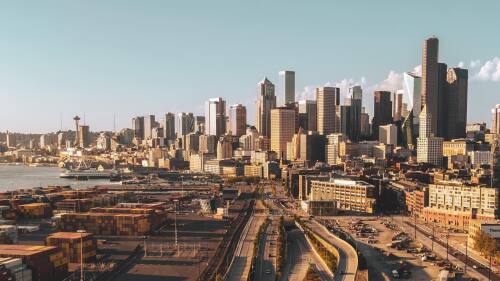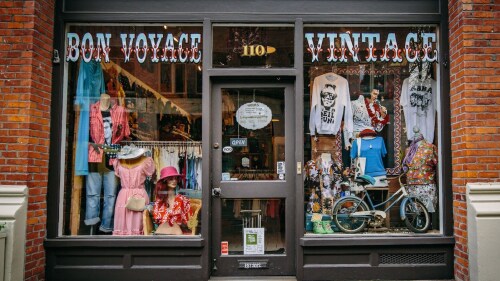At first pass, it’s hard not to laugh at a place called “Cape Disappointment.” Who would want to go there?
It’s certainly not a name you would give to one of Washington’s most beautiful coastal areas. So was someone feeling dragged down by the PNW’s gloomy weather? Or was it our trademarked sarcastic sense of humor?
Turns out that a lot of these names — given long after local Indigenous tribes had already named their home — were indeed the result of a great amount of wry humor + some inspiration from the state’s tribal populations.
Cape Disappointment
First named Kah’heese by the Chinook Indian Tribe, this southern bay was next dubbed the Cape of Assumption in 1775 by Spanish explorer Bruno Heceta who correctly assumed there was a river mouth in the bay — just to falsely “discover” there was no such river... so close, yet so far. The spot then gained its third name as Cape Disappointment by English trader John Meares who fell to the same false conclusion and felt... well, disappointed.
Useless Bay
Co-opted from “cultus,” which is Chinook trading jargon meaning “worthless,” this Whidbey Island locale got its name for its unfortunately shallow waters. See also: Cultus Bay and Cultus Island.
Deception Pass
Originally dubbed Xwchsónges by the Samish Indian Nation, Deception Pass got its newer moniker from cartographer George Vancouver because its geography made him believe that Whidbey Island was actually a peninsula instead of an island — a classic “sike” moment from Mother Nature.
Point No Point
Another very literal name here, the Kitsap Peninsula locale was named as such by US Navy Lt. Charles Wilkes after he noted it only looks to be a prominent spot from afar — like a Monet, perhaps. This spot was originally called Hahd-skus, or long nose, by the First Peoples.












